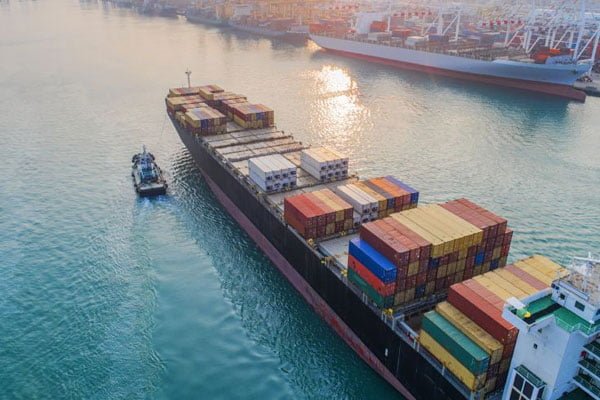Since ancient times, the organization of transporting heavy goods over great distances determined the construction of majestic special vessels with impressive nautical characteristics. Throughout history real waterways wound around the globe, fostering international trade and the discovery of unknown lands. Even today, maritime freight transport is still one of the most widely used and least polluting solutions compared to other means of transportation.
Consider that according to ISTAT data, cargo embarked in Italy in 2021 amounted to 94,500 tons, while the world counted up to 469,635 tons of cargo landed and embarked at various international ports. But how does shipping work and what are the aspects to pay attention to? Let’s find out together in the next few lines.
International transport by sea
As we have seen, maritime transportation has a thousand-year history that is perpetuated over the centuries. Today, industries in this sector are an important source of employment worldwide, considering that ship containers are capable of ferrying thousands of tons of goods in a single trip. But what are the disciplines that regulate international transportation by sea?
The United Nations Convention on the Carriage of Goods by Sea is the first international legislation defining the rules of maritime trade. Within the document are defined the obligations that merchants have when shipping and receiving goods. The first important aspect introduced by the document is the so-called bill of lading.
When goods are picked up by a shipping company, it must necessarily be accompanied by a contract that protects both the shipper of the goods and the consignee-this ensures that the goods arrive properly and that both parties are satisfied. In essence, the bill of lading is the passport of the goods being transported and is necessary to ensure the shipment and receipt of the material.
International shipping: commercial containers
Shipping containers are colossal structures, capable of transporting tons of goods across the globe. The size of containers is standardized: they range from 6 meters to 12 meters in length and have a capacity that varies depending on the capacity of the vessel.Containers can be uncovered or covered, also depending on the type of goods transported. For example, containers equipped with a roof and cold rooms are used for liquids or food products.
On the other hand, with regard to the transport of dangerous goods by sea, Italian legislation delegates responsibility for legislation to the Ministry of Infrastructure and Transport, which in turn refers to the local harbor master’s office. The Rules for the Transport of Dangerous Goods by Sea set out the criteria for packaging, conditions of travel and required accompanying documentation. Dangerous goods are divided according to a hazard level (explosives, gases, flammable liquids, flammable solids, toxic and flammable materials, etc.), which will then be evaluated by the shipping company in charge of transportation. In conclusion, knowing well the laws governing this market and relying on a reliable transportation company is definitely recommended for those who choose this solution!






